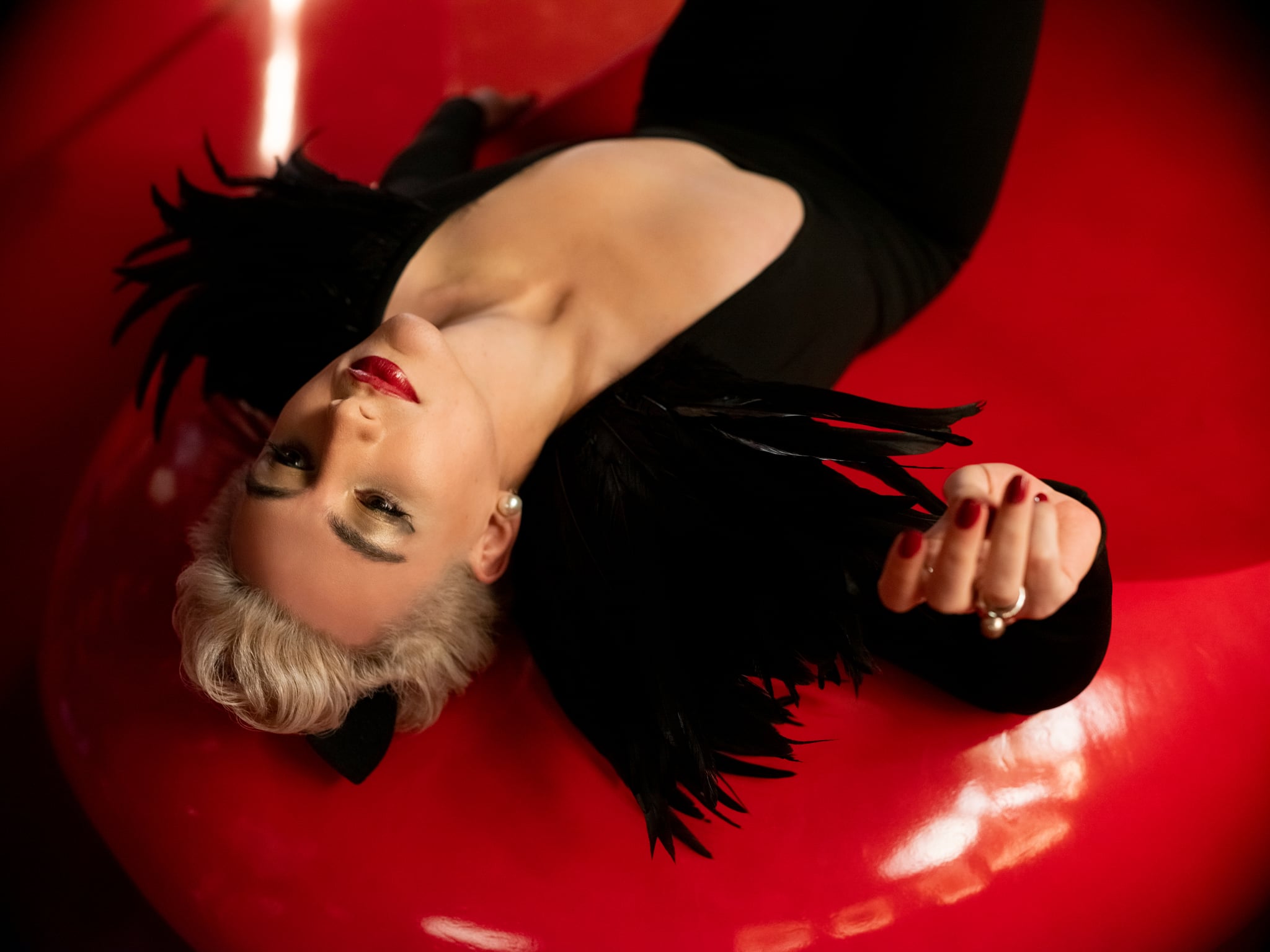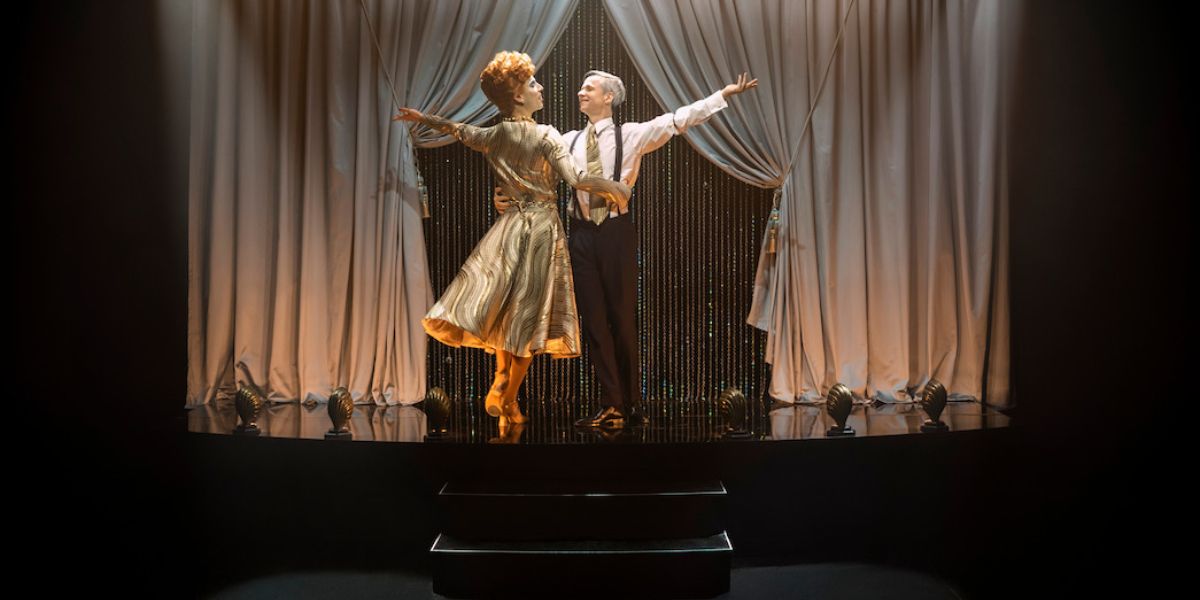Top Gun: Maverick is the Perfect Adrenaline-Fueled Sequel to the Original
If Top Gun needed to say it, Top Gun: Maverick makes you feel the need... the need for speed.
Netflix’s The Sandman is the talk of the fantasy-heads town this week. After waiting for almost a decade when a film adaptation of the graphic novel had been announced in 2013 starring Joseph Gordon-Levitt, on August 5th, 2022, fans of Neil Gaiman and his graphic novel finally got a screen adaptation on Netflix. The ten-episode-long first season of The Sandman has some changes from the source material, but Gaiman was closely involved with the production, and I for one didn’t find anything to complain about. On top of the stunning visuals which are often literal recreations from page to screen, the cast has done an amazing job of both looking like their characters and also, acting like them and delivering their lines like you’d imagine them to if you read the graphic novels.
For those unaware, this isn’t the first Gaiman work to be adapted for TV. His famous novel American Gods is a Starz Original series that has sadly been canceled. Another fan favorite, Good Omens, is an Amazon Original limited series. Good Omens has a bit of a debate about queer-baiting with some claiming it’s frustratingly queer-baiting and others saying it’s proper representation. However, American Gods is very openly gay with unapologetic scenes addressing their LGBTQ+ status whether verbally or visually. I’m happy to report that The Sandman is similar to American Gods in this respect!
The very first episode introduces us to Roderick Burgess (Charles Dance of Game of Thrones fame) and his son Alex Burgess (Laurie Kynaston, also known for Cradle to Grave). Kynaston plays Alex as an adult, but even through his younger version, we get hints of him being gay. The camera smartly but sensitively drops hints of how this kid perceives men and sexualizes them in his own way. There are pauses on the lips, the hands, or the torso of the younger and more traditionally attractive men who Alex encounters. However, as if to clear the lingering doubt in viewers’ minds, an older version of Alex shows up with a boyfriend, and we’re even shown that in their old age, they’re a gay couple.

The first character I want to mention of course is Desire (Mason Alexander Park). They’re a non-binary character in the graphic novels, and not only are they so in the series too but they’re played by an openly non-binary actor! Representation behind the screen has been missing much longer than it has on screen, and I’m so happy that Mason has been cast as Desire because like some others out there, they found themselves in fiction through Desire from the graphic novels. Desire’s lair is also extremely comic-accurate, and the bold red décor is in itself a statement. They wear heels, a tight leather dress, and have long nails—the typical appearance of a “temptress”, but there’s nothing typical about them. A true embodiment of desire should be ambiguous to embody all kinds of desire, and I feel like the look and body language that Mason has adopted for the role fits that definition.
The second instance I can think of is John Cameron Mitchell of Hedwig and the Angry Inch and Shortbus fame playing Dolly the Drag Queen. Hal Carter is a bed and breakfast owner who performs drag under the name of Dolly. He is clearly presented as a gay drag queen, who enjoys performing songs from Gypsy. It’s not clear whether the character is non-binary like the actor themself, but as with Desire, it’s great to see representation behind the screen. While there’s enough characterization focused on his identity, Hal isn’t exactly representation for the sake of having representation. He has enough unique traits on top of quintessential quirks to feel like his own character. For example, his dream of performing drag never involves an audience and he only performs for himself. They even show Dolly and Hal dancing on stage, performing a musical number.
Thirdly, there’s The Corinthian (Boyd Holbrook). The actor is straight, but what I love about The Corinthian being gay is that he is a magical being who is literally a nightmare, but somehow in my opinion continues the challenge against Disney’s queer-coding of villains we grew up with. He doesn’t have any redeeming traits if you are in Camp Dream, but if you’re a neutral viewer like me, he can be a rather interesting exercise in studying character design. He might be a psychopath who carves out his victim’s eyeballs, but there’s a humanity to him nonetheless. This could seem self-righteous, but he doesn’t kill for the sake of killing because it’s fun. There’s a pattern of personal gain in his killings. He does spare many characters whose deaths he wouldn’t profit from, or who weren’t evil in the classic sense. He has an irresistible sensuality about himself, with an impeccable fashion sense and the curl of his lips. I like that the same show features Hal Carter and a more traditionally masculine gay character as well.

Episode 5 of the first season features a diner with a plethora of characters. One of them is openly lesbian to begin with, but there’s a magic spell cast on all the characters which makes them brutally honest. Lo and behold, one more woman comes out as lesbian, and a man comes out as gay. A guy who cheats on his wife says it out loud and the next moment he is making out with the gay man. Things do turn horribly violent soon, but it’s endlessly fun to watch the queerness explode on screen the moment facades are torn down. Another honorable mention for amazing representation on screen is the story of Rose Walker (Vanesu Samunyai) co-parenting Lyta Hall (Razane Jammal)’s child with her. It’s unclear if they’re a lesbian couple or just friends sharing the parenting responsibility. Either way, viewers can find solace in the story any way they want, because it’s not confirmed. We do know for a fact that Lyta was in a loving relationship with a man, her husband, who’s currently dead.
Netflix leads the world in representation and diversity and The Sandman is testimony to that. Apart from featuring two prominent non-binary actors, there are many performers of color in the cast. It’s practically ethnicity-blind, as the casting has actors from all over the world featured. A prominent diversion from the graphic novels is casting Kirby Howell-Baptiste, of The Good Place and Killing Eve, as Death, a white character in the source material. There’s another notable diversion, and a bunch of sexist remarks has been made about it, but Lucifer Morningstar is played by Gwendolyn Christie of Game of Thrones. I’m a nerd who came to The Sandman for Gaiman-esque narratives, mythical lore, and fantastic world design, but I absolutely love the diversity in it, and I’d say Netflix deserves to give itself a pat on the back as far as Incluvie is concerned.

Related lists created by the same author
If Top Gun needed to say it, Top Gun: Maverick makes you feel the need... the need for speed.
Related diversity category
This powerful story shines with poetic animation, an exploration of deeper truths, and the protagonist's complex search for identity.